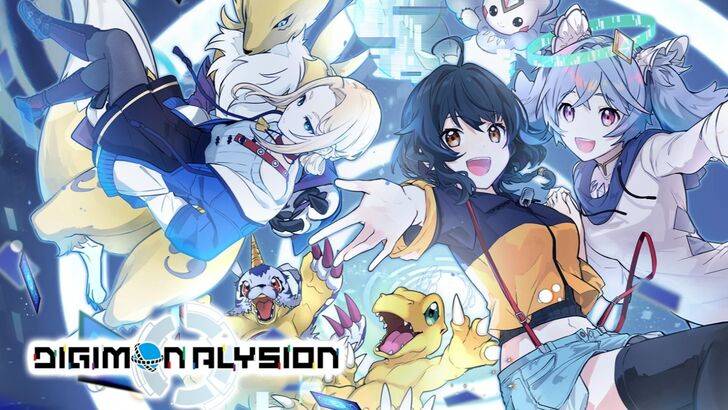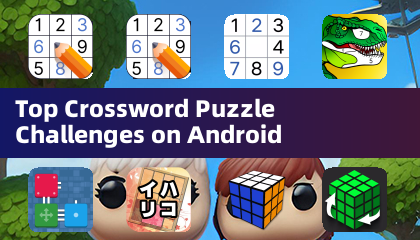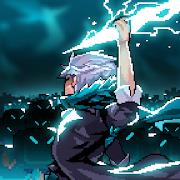The evolution of horror games presents a fascinating challenge: how to consistently generate tension and fear in a genre where familiar mechanics quickly become predictable. While innovative horror games are rare, a distinct subgenre, often referred to as "meta-horror," stands out. Meta-horror games actively break the fourth wall, directly interacting with the player, not just the game's world and characters. This interaction elevates the gaming experience to a new level.
This "fourth-wall break" isn't a new concept. Metal Gear Solid's Psycho Mantis, in 1998, famously prompted players to put down their controllers, a revolutionary move at the time. Hideo Kojima further enhanced this by using the DualShock controller's capabilities to reveal player data, creating a unique level of immersion and tension.
While subsequent games like Deadpool, Detroit: Become Human, and Nier Automata have utilized similar techniques, often the interaction remains superficial. Unless the game's core design hinges on surprising player interaction, breaking the fourth wall often feels like a mere bonus feature.
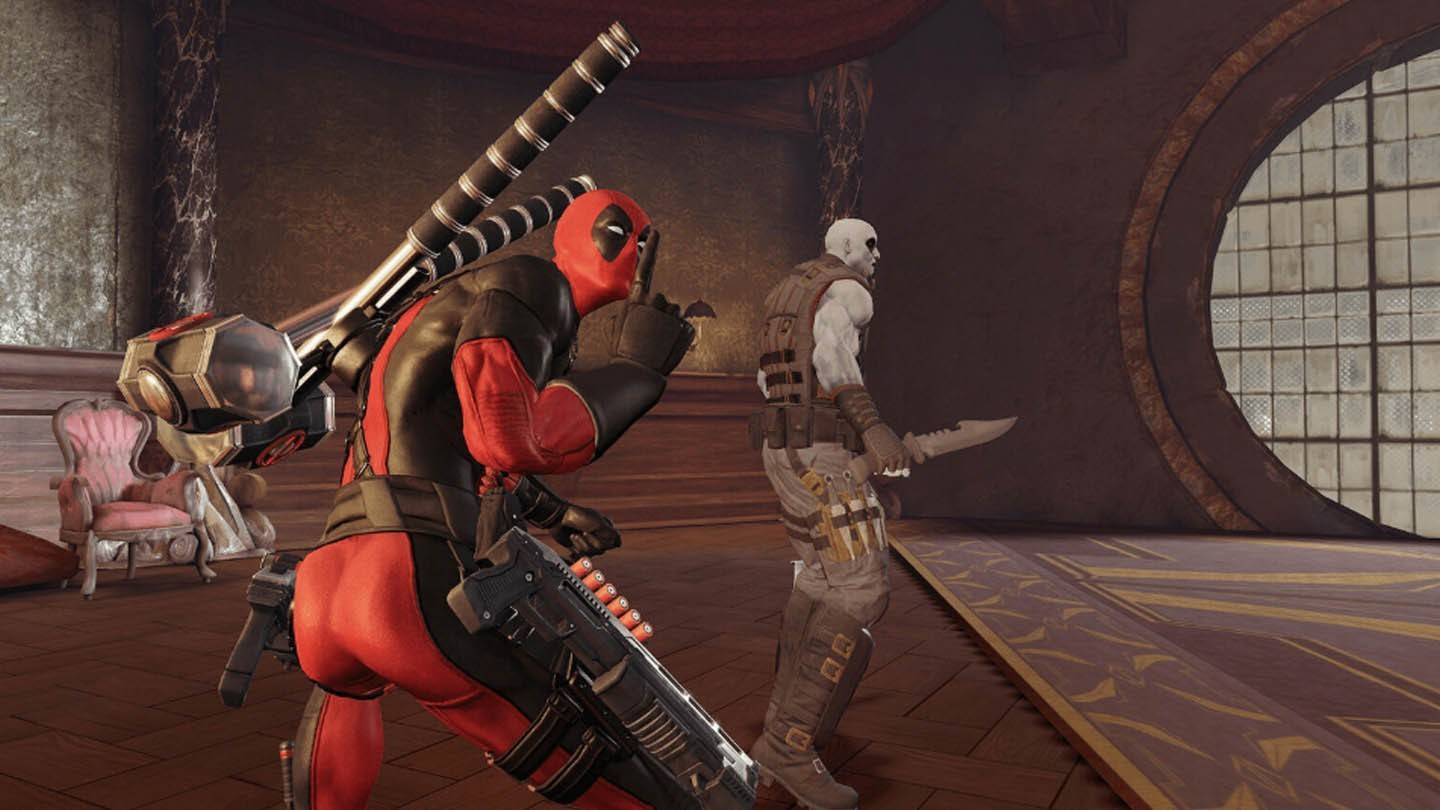
Recent titles like Miside have been categorized as containing "elements of meta-horror," but their meta-horror aspects are often limited to player interaction, sometimes complicated by an additional "game within a game" structure. This warrants further discussion in the future.
Let's delve into some prime examples of meta-horror:
Doki Doki Literature Club!

This 2017 visual novel initially presents as a lighthearted romantic comedy, but quickly takes a dark and unsettling turn. Its meta-horror elements extend beyond simple player address; the game interacts with your operating system, creating files and manipulating your computer in ways that are both narrative and gameplay elements. DDLC's innovative approach, while not entirely unprecedented, significantly popularized this style of meta-horror.
OneShot
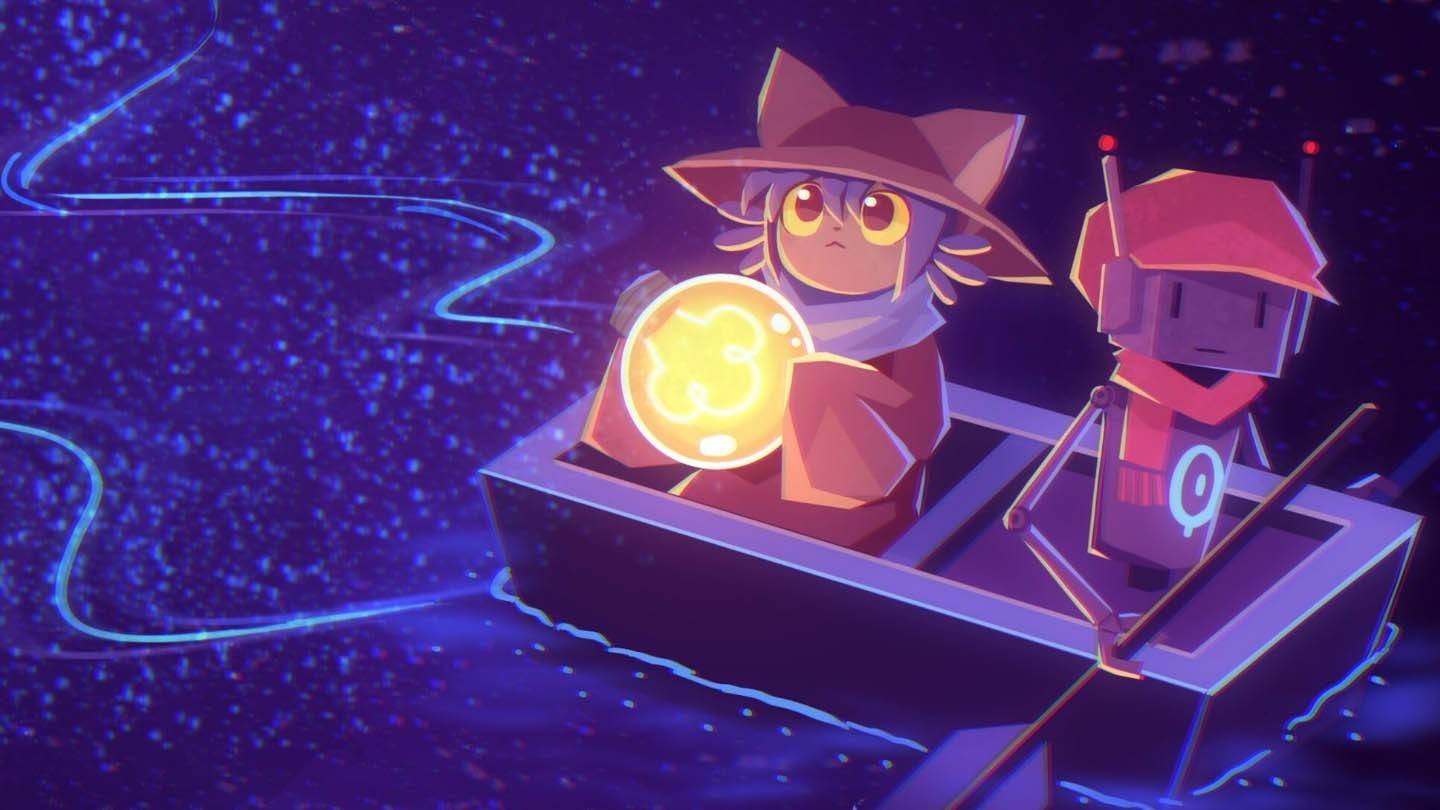
Moving beyond visual novels, OneShot, an RPG Maker adventure, pushes the boundaries even further. While not marketed as a horror game, it features genuinely unsettling moments. The game's awareness of the player is central to its gameplay; it directly addresses the player through system windows, creates files, and alters its own title, all integral to puzzle-solving. Unlike DDLC, OneShot fully integrates these interactions, creating a truly memorable experience.
IMSCARED

IMSCARED is arguably the pinnacle of meta-horror. Its impact is so significant, it overshadows other examples. While some might consider these games "viruses" due to their system access and file manipulation, reputable meta-horror games are not malicious. However, caution is warranted against potentially harmful programs disguised as games.

IMSCARED, released in 2012 and updated since, positions itself not as a game, but as a self-aware entity, a virus interacting with the player. This concept drives the gameplay, manipulating the player through crashes, window minimization, cursor control, and file creation/deletion. The experience, while frustrating at times due to its disruptive nature, is ultimately unforgettable.
Conclusion
While many games utilize similar techniques, few master the art of meta-horror like those mentioned. The unique experience offered by meta-horror is highly recommended. If visual novels aren't your preference, OneShot or IMSCARED offer compelling alternatives. For those seeking a different kind of meta-horror experience, Voices of the Void is another noteworthy title.






 LATEST ARTICLES
LATEST ARTICLES 
